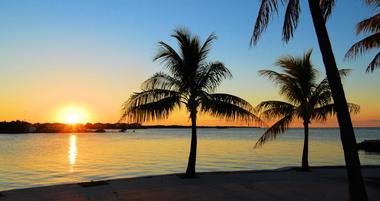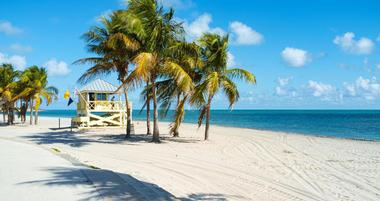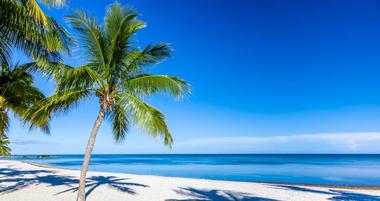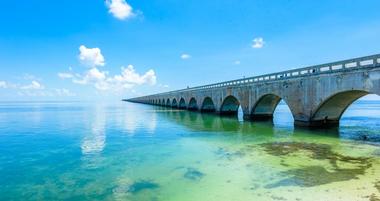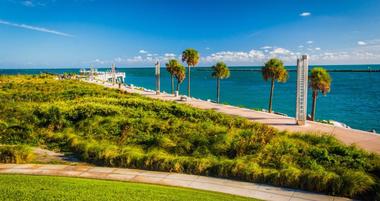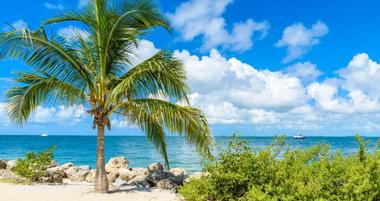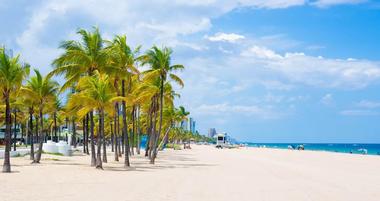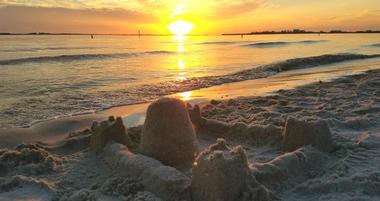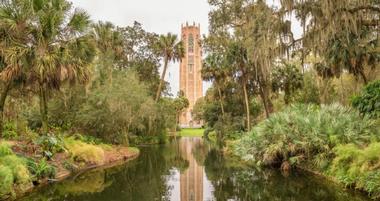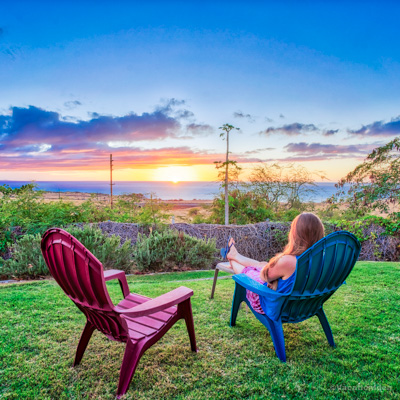Florida
From the city’s downtown you are only a short drive from an amazing beach, including family-friendly spots, quiet and more peaceful stretches.
Read MoreBest Florida Weekend Getaways
I love how Florida offers the best mix of coastal towns, vibrant cities, and peaceful natural escapes. It feels underrated beyond the big-name theme parks, but weekend getaways here always reveal hidden gems worth exploring
Read MoreWeekend Getaways from Miami
Plan a quick getaway from Miami to explore Florida's charming towns, beaches and gardens. For me, weekend getaways from Miami aren’t just about leaving the city. They’re about finding the most unique destinations that combine beauty, adventure, and relaxation.
Read More10 Best Beaches in Florida
Florida is home to some of the best beaches in the United States, and they’ve become some of my favorite spots for sunshine, relaxation, and fun.
Read MoreBest Places to Visit in Florida
I keep returning to Florida for some of its best beaches, spectacular fishing, great diving, and diverse wildlife both above and below water.
Read MoreSmall Towns in Florida
If you're looking to soak up some sun, reconnect with nature, or simply immerse yourself in a friendly new atmosphere, these small towns in Florida are simply the best.
Read MoreThings to Do in the Florida Keys
For me, the Florida Keys are one of the best places to visit in Florida because they combine unique island vibes, adventurous activities, and unforgettable memories that always make me want to come back.
Read MoreThings to Do in Tampa, Florida
Tampa offers some of the most unique and exciting experiences on the Gulf Coast for couples and families, including Busch Gardens Tampa, great museums and attractions.
Read MoreBest Day Trips in South Florida
I love how South Florida offers the best mix of tropical landscapes, cultural hotspots, and laid-back escapes. It’s the kind of place where you can go from vibrant city life to untouched nature in just a short drive.
Read MoreBest Florida Day Trips
From historic towns to natural wonders, Florida’s best destinations make every quick getaway feel unique, exciting, and sometimes even a little underrated.
Read MoreThings to Do in Fort Lauderdale, Florida
Relax on sandy beaches, stroll along the beachfront promenade, visit unique museums and explore great attractions on your weekend trip to Fort Lauderdale.
Read MoreBeaches Near Tallahassee, Florida
Beaches near Tallahassee are some of the best-kept secrets in Florida, and they’ve quickly become some of my favorite coastal escapes.
Read MoreBeaches in Cape Coral, FL
Some of Florida’s best beaches are found near Cape Coral. It's definitely the place to visit if you’re looking for a spectacular Floridian beach adventure.
Read MoreThings to Do in Lake Wales, Florida
Lake Wales is one of the most unique and underrated towns in Central Florida. It’s easily one of my favorite spots for a meaningful getaway beyond the theme parks.
Read More
